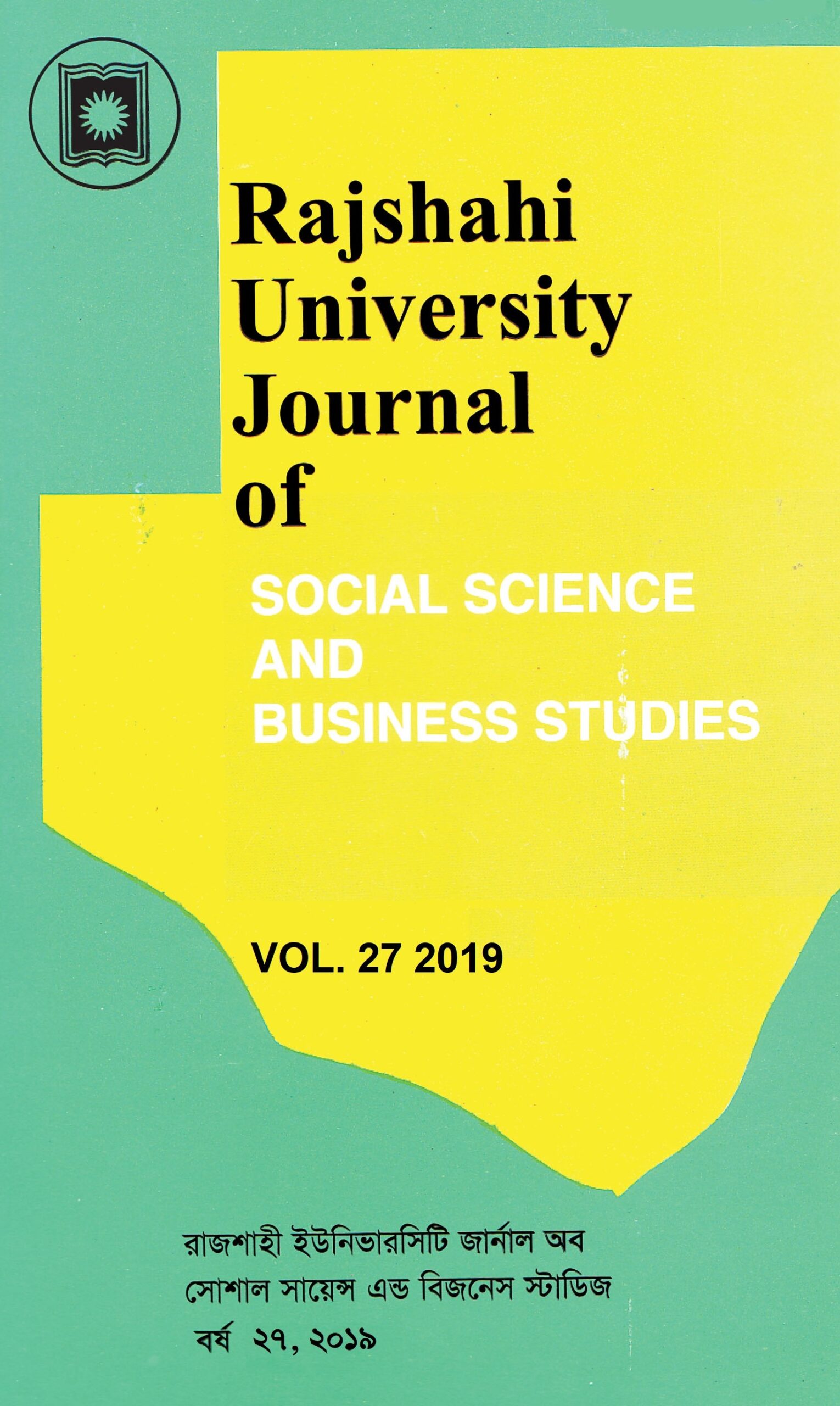Portrayal of Masculinity in James Bond Movies: An Analysis of Changing Patterns
DOI:
https://doi.org/10.64102/rujssbs.0454Keywords:
Masculinity, James Bond, Film, Male Gaze, Textual analysisAbstract
The film, as a medium of communication, has a huge impact on shaping and defining culture. James Bond is one of the most well-known film franchises in the world. The film series is best known for portraying ‘James Bond’, often known as ‘007’, a macho hero. The present study has looked at the portrayal of masculinity in James Bond films and how it has evolved through time. The study has been conducted using the textual analysis approach, which is a type of qualitative content analysis. Dr. No (1962), Live and Let Die (1973), Octopussy (1983), GoldenEye (1995), Casino Royale (2006), and Skyfall (2012) are the six films chosen for the study using the purposive sampling method. The findings of the study show that Bond's physical power and many aspects of masculinity (such as physical, sexual, technological, political, and cultural components) have been produced by Bond and his linked masculine characters. Over time, the manufactured male representation has remained unchanged. Particular products and materials that are considered hegemonic have portrayed Bond's manly nature poorly in some contexts. Bond's communications with his adversaries are more vicious and ruthless than they were in the 1960s, reflecting current world supremacy challenges and modern warfare.
Downloads
Downloads
Published
Issue
Section
License
Copyright (c) 2022 Rajshahi University Journal of Social Science and Business Studies

This work is licensed under a Creative Commons Attribution 4.0 International License.





